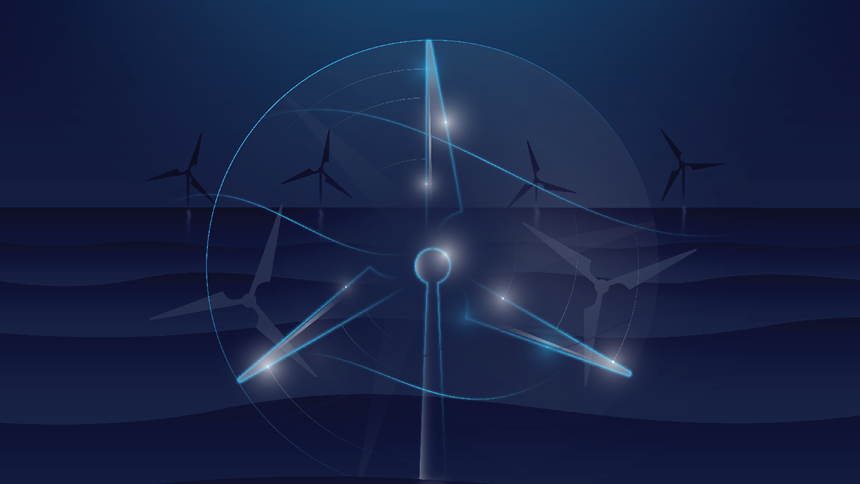Acquisition Configurations and Targets
Flexible Source Solutions for Targeted Survey Applications
Ultra-High Resolution 3D seismic (UHR3D) is towed from a smaller vessel. When combined with the very short streamers, high manoeuvrability makes UHR3D an optimal solution for congested survey areas. Also, the shallow source and receiver tow depths used in UHR3D surveys (2–4 m) make it attractive for shallow water surveying.
Towed UHR3D streamer spreads use 8 to 24 short streamers towed at 6.25–12.5 m separation. Each streamer is 50-100 m in length and uses receiver intervals of 3.125–6.25 m. Recording sample rates are as small as 0.25 ms. Source frequencies beyond 1,000 Hz enable UHR imaging of the near-surface.
- Shallow sources and receivers (2–4 m)
- 8–24 short streamers 50-100 m in length
- 6.25–12.5 m streamer separation and receiver intervals of 3.125–6.25 m
- Recording sample rates down to 0.25 ms
- Source frequencies >1,000 Hz
Designed for Smaller Areas and Complex Targets
Detailed UHR3D data is ideal for smaller areas and complex targets, such as highly fractured, thin, or compartmentalized formations. For the highest spatial resolution, UHR3D data will typically focus on the 50–150 m offset range, while for offshore wind farms the offsets are more typically 10–100 m.
Speak to a Specialist
Interested in a product demo or trial? Let us know your needs and we’ll connect you to the right person or team.
Book a Data Viewing
Want to see the latest seismic data solutions and imaging technologies in your region of interest or for the next license round? Book a data viewing with one of our experts.
Discuss Your Seismic Data Needs
Every need is different and we'd like the opportunity to discuss yours further. Speak to one of our data or geoscience experts to customize seismic solutions specific to your requirements.


